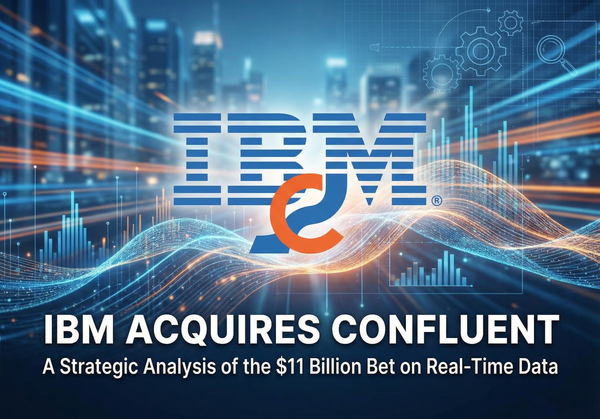The Federal Reserve
The Federal Reserve, often referred to simply as the Fed, is arguably the most powerful economic institution in the United States, if not the world.
Its decisions ripple through every corner of the economy, influencing everything from interest rates on mortgages to the value of investments and the availability of jobs.
But what is the Federal Reserve, and what does it do?
Not a Government Department, Not a Private Bank: A Unique Structure
One of the most common misconceptions about the Fed is its nature. It's neither a traditional government department nor a purely private bank. Instead, it operates under a unique decentralized central bank structure.
- Board of Governors: Based in Washington D.C., this is the governing body, consisting of seven members appointed by the President and confirmed by the Senate. The Chair of the Federal Reserve is the most prominent figure.
- Federal Open Market Committee (FOMC): This is the Fed's primary policymaking body. It consists of the seven Governors, the President of the Federal Reserve Bank of New York, and presidents of four other Federal Reserve Banks on a rotating basis. The FOMC makes decisions about interest rates and the money supply.
- 12 Regional Federal Reserve Banks: These banks, located in major cities across the country (like New York, Chicago, San Francisco), serve their respective districts. They conduct economic research, supervise banks in their regions, and provide financial services to commercial banks and the U.S. government.
This unique structure is designed to balance centralized authority with regional input, and to provide a degree of independence from political pressures.
The Fed's Dual Mandate: Price Stability and Maximum Employment
The Federal Reserve operates under a dual mandate given to it by Congress:
- Maximum Employment: This doesn't mean zero unemployment, which is unrealistic. Instead, it refers to the lowest level of unemployment that can be sustained without generating inflationary pressures.
- Price Stability: This means keeping inflation at a low, stable, and predictable level, so that the purchasing power of money is maintained over time. The Fed generally targets an inflation rate of 2%.
These two goals can sometimes be in tension. For example, policies designed to boost employment might risk igniting inflation, and vice-versa. Navigating this balance is the core challenge of Fed policymaking.
How Does the Fed Achieve Its Goals? The Tools of Monetary Policy
The Fed doesn't just wish for a healthy economy; it uses powerful monetary policy tools to influence it:
- The Federal Funds Rate (The Key Interest Rate): This is the target interest rate for overnight borrowing between banks. By raising or lowering this target, the Fed influences all other interest rates in the economy:
- Lowering the Fed Funds Rate: Makes borrowing cheaper for banks, which in turn makes loans cheaper for businesses and consumers (mortgages, car loans, credit cards). This encourages spending and investment, stimulating economic growth.
- Raising the Fed Funds Rate: Makes borrowing more expensive, slowing down lending, spending, and investment. This is done to cool an overheating economy and combat inflation.
- Open Market Operations (OMOs): This is the Fed's primary tool for implementing its federal funds rate target. It involves buying or selling U.S. government securities (like Treasury bonds) in the open market:
- Buying Securities: Injects money into the banking system, increasing the supply of reserves, which pushes the federal funds rate down.
- Selling Securities: Removes money from the banking system, decreasing the supply of reserves, which pushes the federal funds rate up.
- The Discount Rate: This is the interest rate at which commercial banks can borrow money directly from the Federal Reserve. While less frequently used than OMOs, changes in the discount rate signal the Fed's stance on monetary policy.
- Quantitative Easing (QE) and Quantitative Tightening (QT): These are tools used primarily during times of crisis or extreme economic conditions.
- QE: The Fed buys large quantities of long-term government bonds and other securities to directly lower long-term interest rates and inject massive amounts of liquidity into the financial system.
- QT: The Fed allows its bond holdings to mature without reinvesting the proceeds, effectively removing money from the financial system.
Why Does the Fed Matter?
The Fed's actions have direct and indirect impacts on:
- Borrowing Costs: Mortgage rates, car loan rates, and credit card interest rates are all influenced by the Fed's interest rate decisions.
- Job Market: By influencing economic growth, the Fed plays a role in the availability of jobs and wage growth.
- Inflation: The Fed's commitment to price stability directly impacts purchasing power over time.
- Investment Returns: Interest rate changes can affect bond prices, stock valuations, and the attractiveness of different asset classes.
The Federal Reserve is a complex, yet incredibly powerful, institution. Its ongoing efforts to balance maximum employment with price stability are a constant act of economic stewardship, directly shaping the financial landscape in America.



